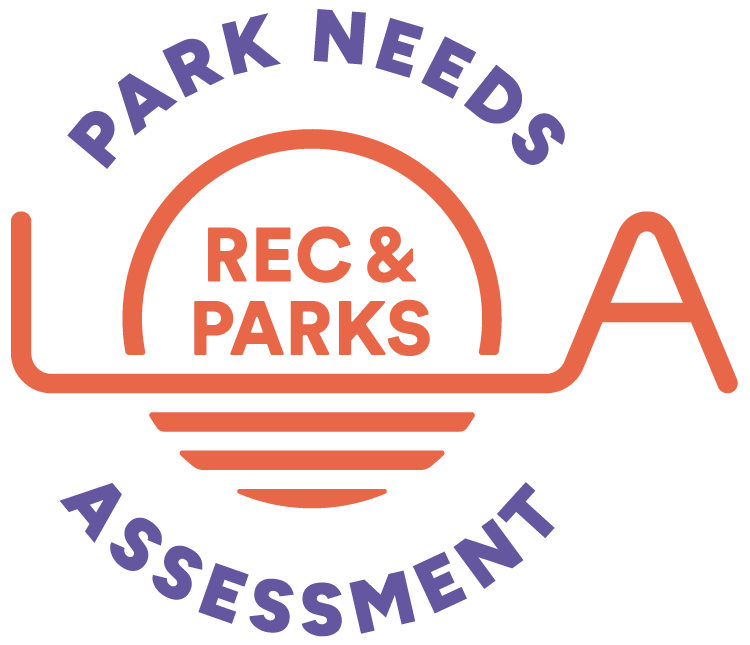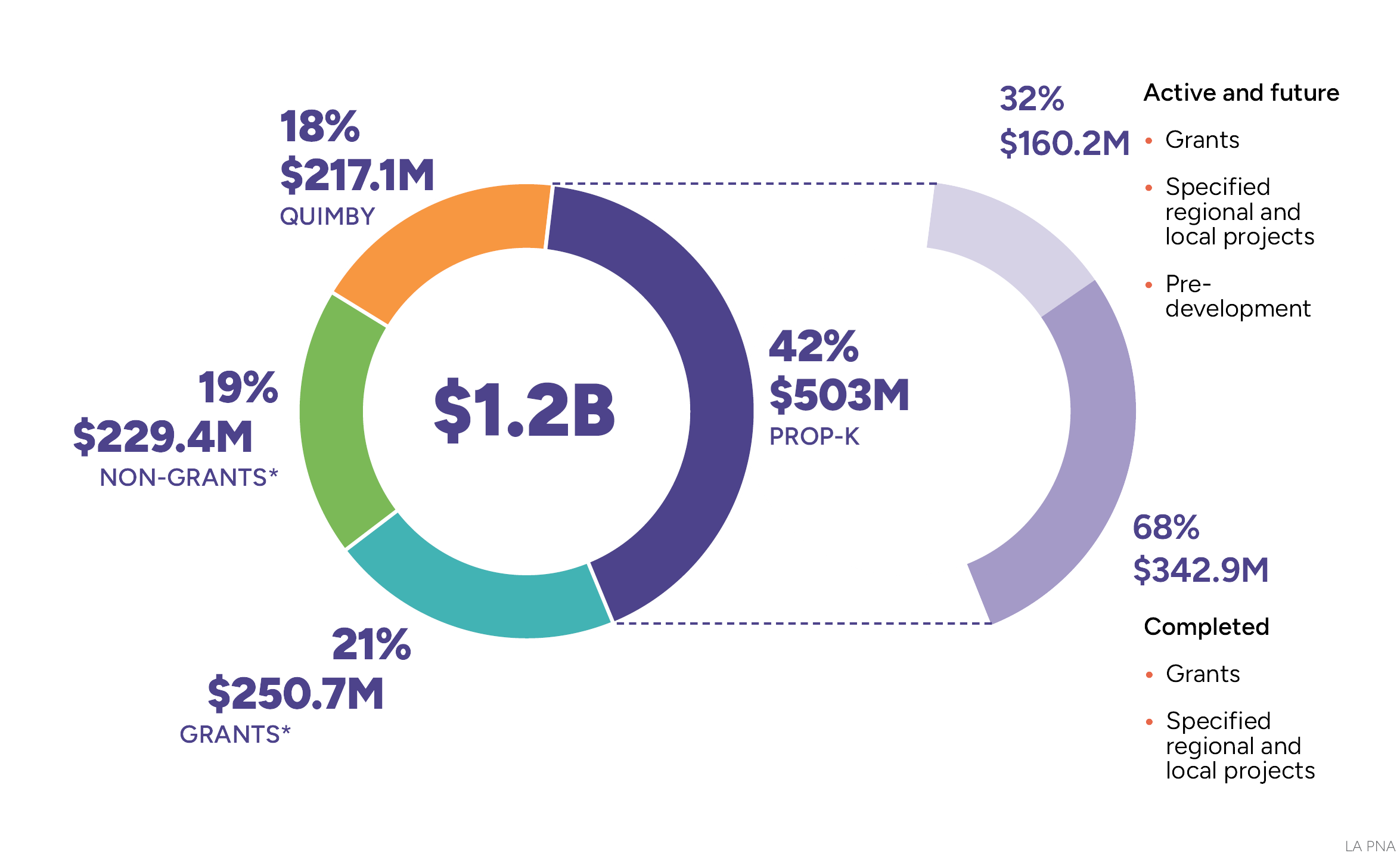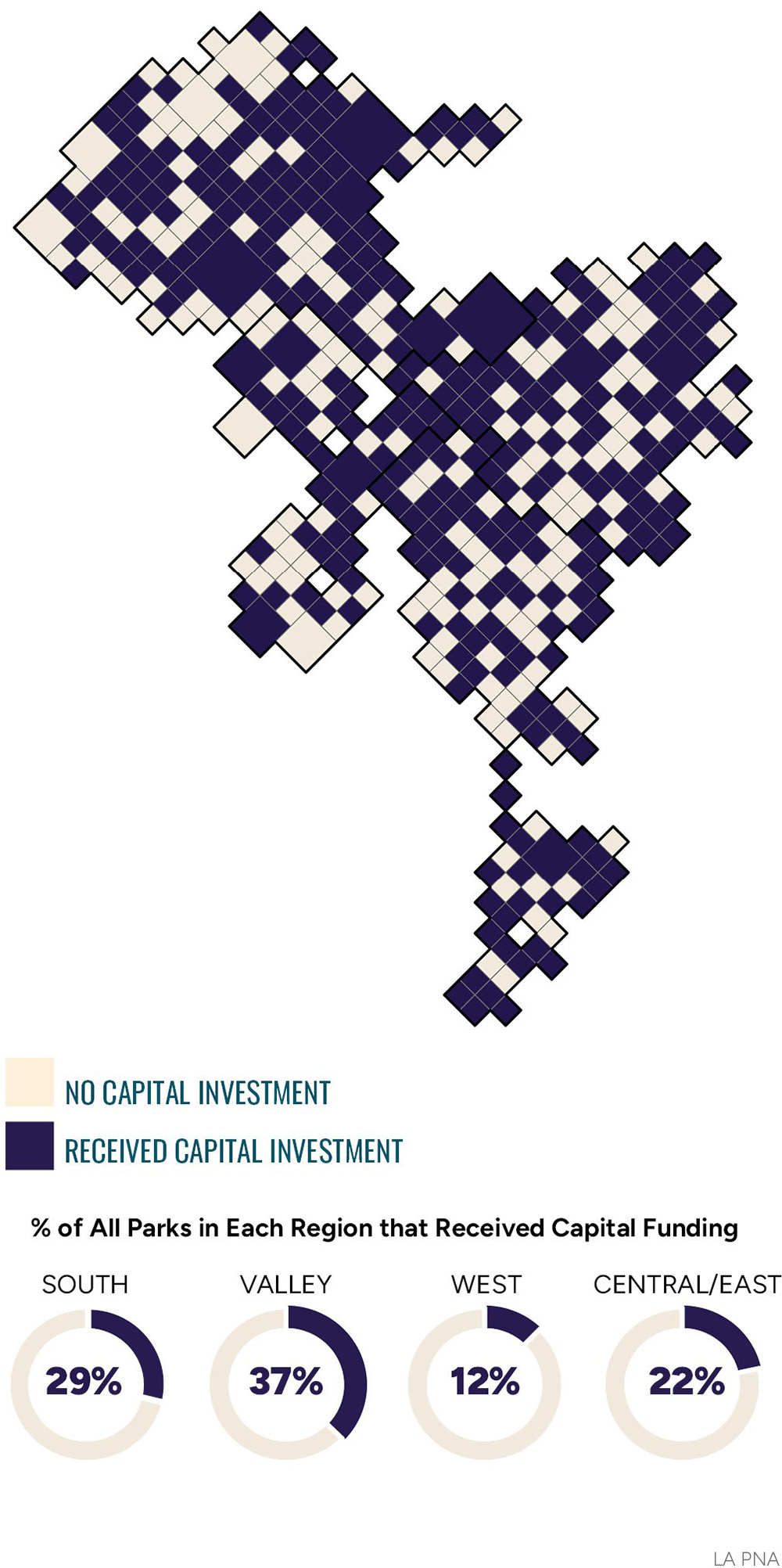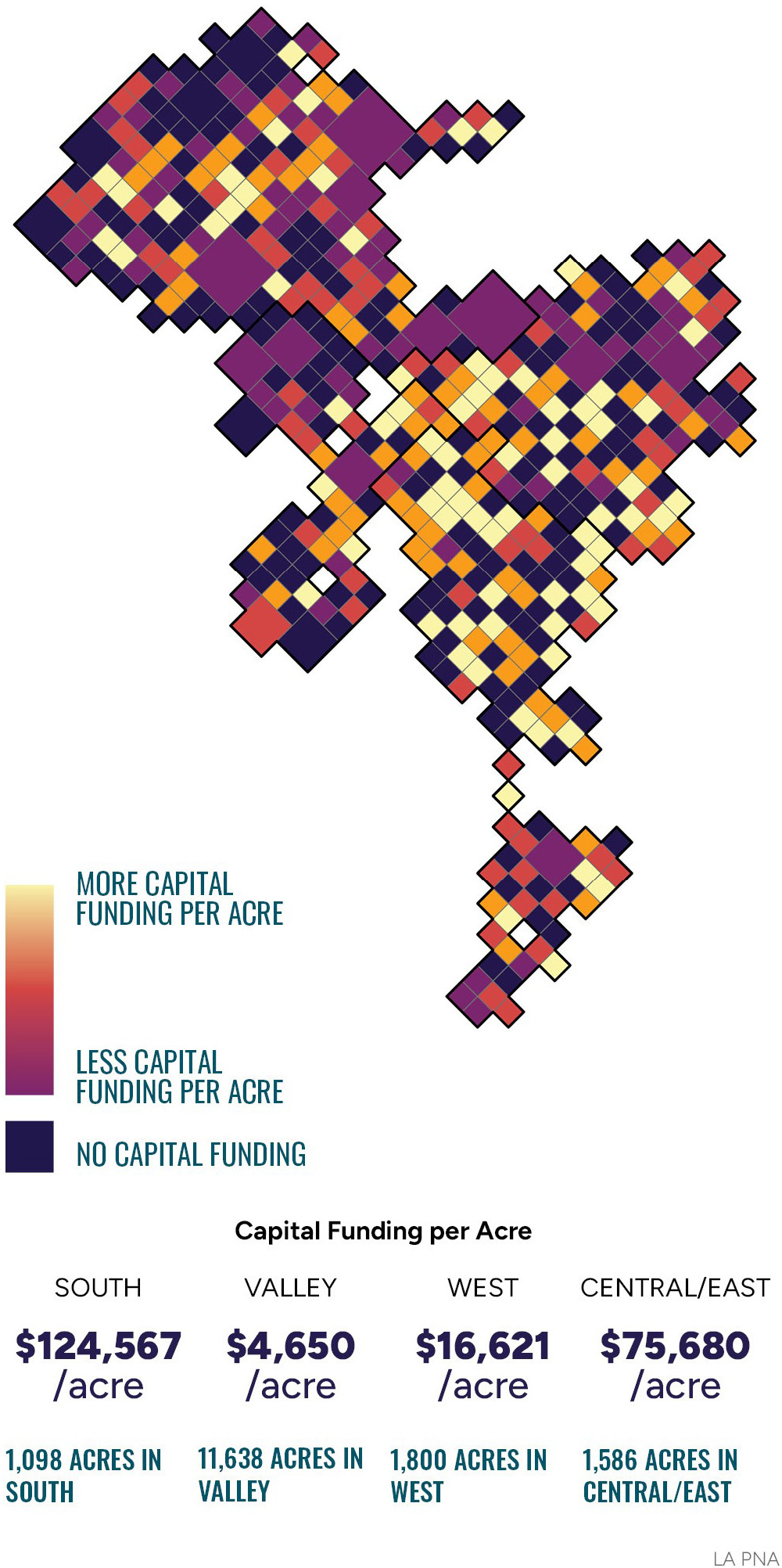Funding came from a diverse mix of sources – grants, non-grants, Quimby, and Proposition K (Prop K) – reflecting the complexity of RAP’s capital project financing. This investment in capital projects supported a wide range of park developments, renovations, and new facility constructions. Examples of capital improvements range from small projects like pool drain replacements and restroom restoration to larger projects like a recreation center expansion and Phase 1 of the Griffith Observatory.
A breakdown of the capital funding sources shows that 18% of total spending originated from Quimby funds, another 19% came from non-grant funding sources, and grant funding made up 19% of the total. The largest share came from Prop K funds, which contributed 42% of the total. Within the Prop K funding allocation, approximately 32% is tied to active and future projects, which include grants, specified regional and local projects, and pre-development. The remaining 68% has already been expended on completed projects.
Funding by Park
RAP’s Partnership Division helps administer individual and organization donations to the city park system. RAP is supported by non-profits like the Los Angeles Parks Foundation. However, giving tends to be more prevalent in affluent areas of the City, and it takes a lot of staff time and energy to process donation agreements. The City has strict rules related to donor recognition which limits corporate sponsorships for signage.
Total Funding per Acre
When evaluating total funding per acre, South LA and Central/East LA parks have received more capital funding per acre ($124,567/acre and $75,680/acre, respectively). Comparatively, Valley and West LA parks have received significantly less funding per acre ($4,650/acre and $16,621/acre respectively).



